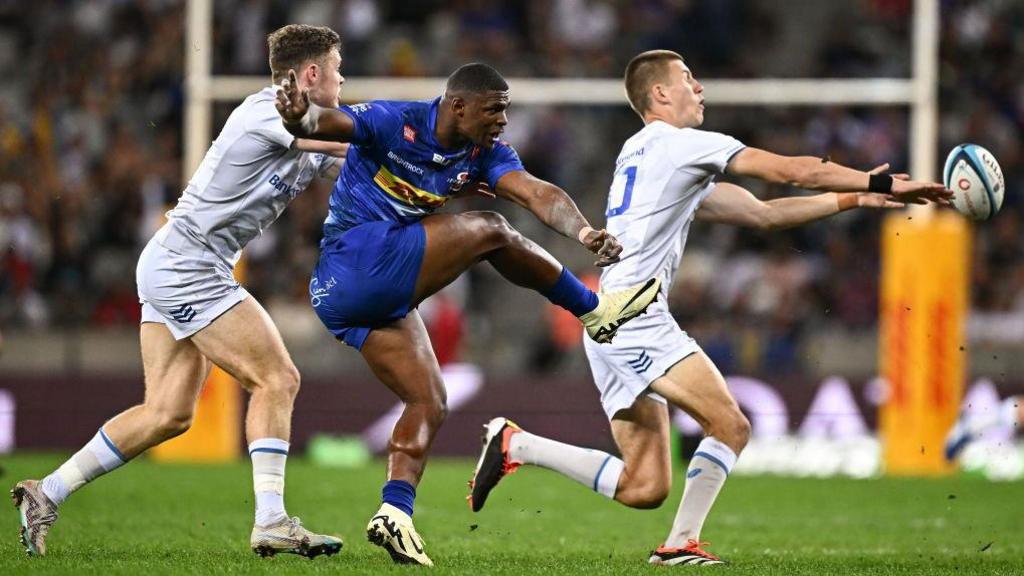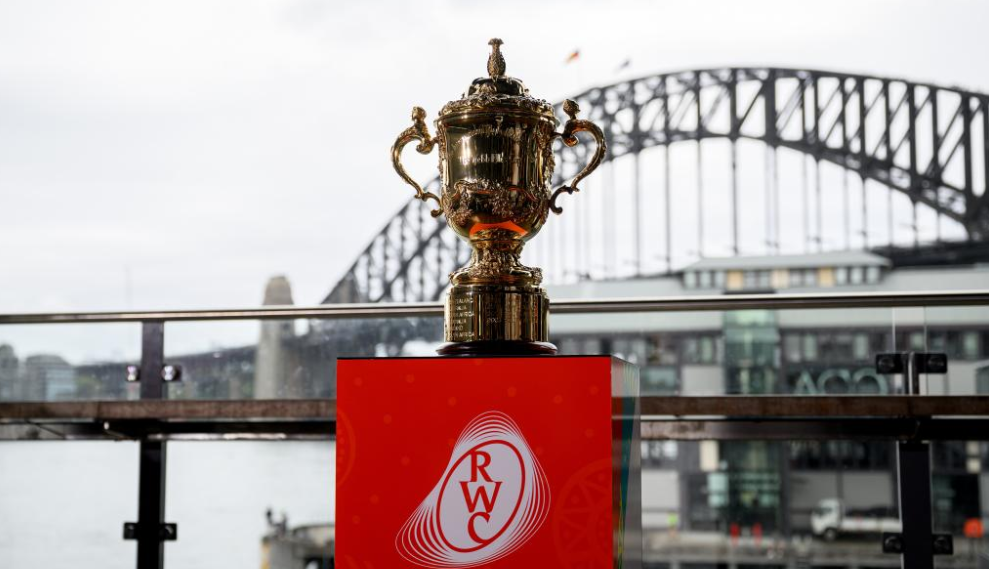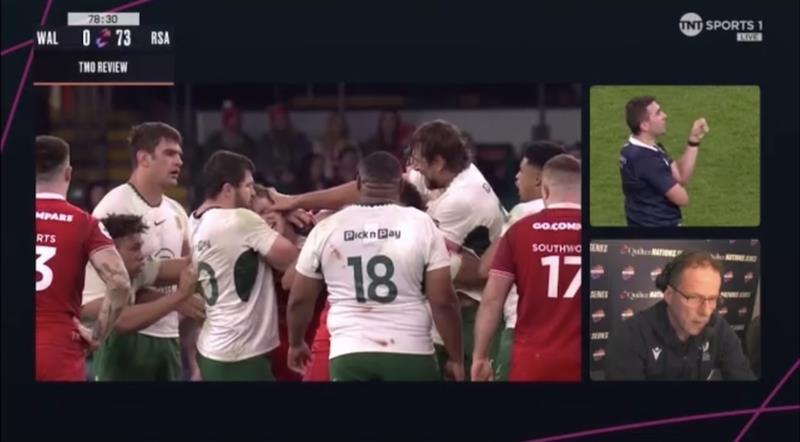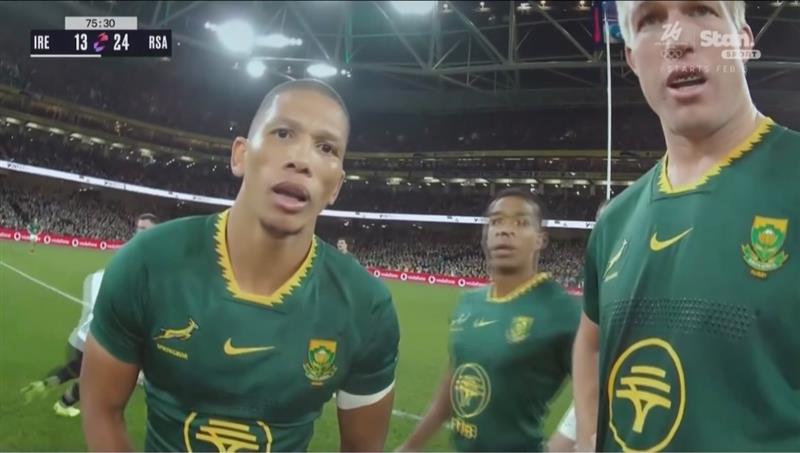If you’re a rugby connoisseur, someone who understands that the real theatre of this sport isn’t just in the 80-minute spectacle but in the nuance of systems, culture, and development pipelines, then you’ll appreciate this dilemma: why, with such a ridiculous wealth of rugby pedigree, is Western Province (The Stormers) are not breathing the same rarefied air as Leinster?
After all, Western Province doesn’t merely have potential; it has prestige. It has a tradition as rich as an Easter Sunday lamb roast in Stellenbosch. It is the spiritual home of running rugby in South Africa. It has produced Springboks by the dozen and boasts a cradle-to-podium setup that should be the envy of the rugby world. Yet when it comes to club supremacy, particularly in the modern context of United Rugby Championship and European competition, Leinster are executing in ways that WP are only beginning to emulate.
Let’s delve into why.
1. The Golden Triangle: Schoolboy Rugby Royalty
Start in the Cape metropole, move east into the Winelands, and you’ll find yourself in rugby’s Golden Triangle: Bishops, Rondebosch, SACS, Wynberg; then the holy trinity of Paarl Boys’ High, Paarl Gim, and Paul Roos. And that’s only beginning to scratch the surface. This isn’t merely a grouping of top schools. This is an incubator of international talent. To be perfectly fair, the OTHER schools in the region and province as a whole produce world-standard talent, so they cannot be excluded from the equation.
These institutions have bred rugby into the bones of generations. They play with skill, sophistication, and a reverence for tradition. The Paarl Derby, for example, routinely draws more fans than some United Rugby Championship games. The players are conditioned, coached, and branded for stardom before they’re legally allowed to vote.
Yet here’s the rub: too many of these prodigies never graduate into the WP professional system. Contracts lure them north. Foreign scouts swoop in. The Cape builds the foundation, and someone else installs the ceiling. Handre Pollard… jislaaikit…
Compare that to Leinster. When a kid is identified in Leinster at 16, there’s a pathway so defined and well-oiled, it borders on obsessive. From school to Leinster U20 to Leinster A to Champions Cup squad, it’s all within one organisational philosophy.
WP must do the same: create the kind of belonging, stability, and opportunity that makes a Paarl Boys’ captain want to stay local.
2. The Varsity Cup Phenomenon: Untapped Professional Feeder Power
Nowhere in the world is university rugby as alive as it is in the Cape.
In 2025, the University of Stellenbosch and University of Stellenbosch meet in the Varsity Cup final again. For the Ikeys, this marks a staggering fourth final in five years. For Maties, it’s par for the course. The most decorated team in the competition’s history. More titles than some clubs have seasons.
These aren’t amateur operations. Their setups are semi-pro, with conditioning coaches, tactical analysts, and data-driven selection models. UCT has built a culture of fearless, intelligent rugby—a kind of academically inspired chaos. Maties, by contrast, run a brutal, machine-like program that has echoes of Crusaders pragmatism.

And yet, how many of these athletes are tracked by WP Rugby with long-term contracts in mind? How often do Maties and Ikeys players see the Stormers as a natural extension of their journey, rather than a separate galaxy?
To match Leinster, WP needs to formalise this connection. Imagine an aligned blueprint across school, varsity, and pro levels—shared IP, unified conditioning programs, positional pathways, and academic incentives to retain talent. The tools are already here. They just need cohesion.
3. Cultural Continuity: A House (Finally) Being United
For years, WP Rugby was plagued by factionalism. Boardroom infighting. Competing agendas. A professional team trying to sprint while the union tied its shoelaces together.
Leinster, by contrast, thrives on cohesion. Their provincial academy and pro team operate as one living organism. Their transition planning is so sophisticated that it often feels like players are cloned in a lab.
But here’s the glimmer of hope: under John Dobson, the Stormers are building something meaningful despite obvious setbacks. The 2022 URC title was no fluke. The team plays with clarity, character, and confidence. There is cultural resonance. Players speak of purpose. Coaches speak of community. Yes, the Stormers have fluctuated between garbage and magic in the 2023, 2024 and 2025 seasons, but it has always been the Province way: PROOOOOBLEMS! They’ll be back before long.
If this culture can be expanded—into the age-groups, the schools, the varsities—Western Province will finally harness its full identity. Rugby people in the Cape are desperate for a cause that connects Newlands nostalgia with the high-performance demands of the 21st century.
4. Infrastructure and IP: Coaching the Coaches
If you want to beat Leinster, you don’t just need a brilliant head coach. You need an army of elite minds. Skills specialists, psychologists, technical advisors, and tactical savants.
Western Province has the human capital. The question is whether it’s being deployed to maximum effect.
Consider investing in a formal coaching funnel. Create mentorship programs where senior Stormers players shadow Dobbo’s team in tactical prep. Embed varsity coaches into WP training cycles. Partner with Maties and Ikeys to develop a unified playbook language so that transitions are seamless. Before we forget: the Cape Peninsula University of Technology and the University of the Western Cape continue to produce Springboks and international club level players like they are paid to do it. Belville and Wellington: ons sien julle. Ons vergeet nie.
And crucially: protect the IP. Build internal knowledge systems. Stop reinventing the wheel every season. Make excellence repeatable.
Leinster, for example, has embedded systems that allow a debutant to slot into Champions Cup rugby as if he’s on his fourth season. It’s not magic. It’s methodology.
5. Player Retention & Branding: Keeping the Best of the Cape
Here’s where WP has an ace up its sleeve: the Cape itself.
Let’s be honest, what player wouldn’t want to live in a world-class city with Atlantic views, café culture, and mountain trails? But lifestyle alone won’t keep the players. What will is a brand.
Leinster have built a mythology. Their players speak of legacy. WP needs to own the same narrative.
That starts with paying fairly, yes. But it also means offering players vision, voice, and visibility. Let them build personal brands alongside the team. Let them mentor at their old schools. Let them invest in the community.
Make staying feel like elevation, not stagnation.
6. Newlands, Identity & Emotional Equity
This is emotional, but it matters. Newlands was more than a stadium. It was memory, mythology, and meaning.
Leinster has the RDS and Aviva, sure, but more than that—they have a tribalism that feels local. WP is still navigating that shift to DHL Stadium. It needs to root itself there now.
Build rituals. Light the fires. Own the space. Let Ikeys and Maties fill the stadium on off days. Let high schools play curtain-raisers. Create emotional equity again.
Because ultimately, success is as much about soul as it is about systems.
In Conclusion: WP’s Renaissance Is Possible—But It Requires Ruthless Alignment
Western Province does not need to copy Leinster. It needs to capitalise on its unique advantages. No other region has:
- A denser concentration of elite rugby schools.
- Two of the world’s most competitive varsity programmes.
- A globally desirable location.
- A growing professional culture under a passionate, intelligent coaching staff. Oh, and administration. The latter has caused enough kak already, and is culpably homicidal in the province underperforming in the professional era.
- Recruitment. WP is stuffing this one up royally. They will never beat the charges, as modern parlance goes.
The DNA is already present. What’s needed is synthesis.
If Western Province can build bridges across its ecosystem—from Boishaai to Bishops, from Ikeys to Maties, from U19 to URC—it won’t just match Leinster.
It could surpass them.
Because when the Cape finally aligns around its rugby heritage, its rugby people, and its rugby future, the result will be more than provincial dominance.
It will be a rugby renaissance.
A Cape Crusade.
And perhaps, just perhaps, the beginning of a new world rugby order.




